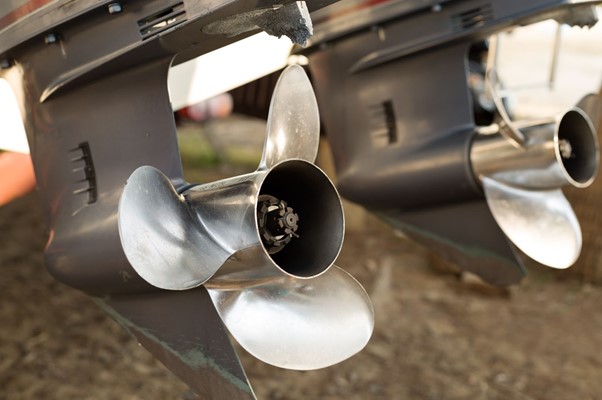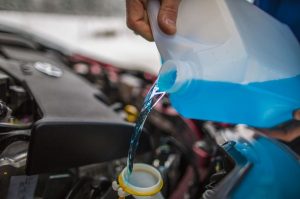
Poor maintenance on your outboard motor has the potential to damage it and can cause serious terminal damage. The good news is there are many ways to do so, including cleaning the motor with fresh water, using antifreeze and changing the transmission fluid.
Let’s explore these in more detail so you can ensure your outboard motor is efficiently winterised this coming winter.
Clean your outboard motor with fresh water
The first step to successfully winterising your boat’s outboard motor is to simply clean it out. The best way to do this safely and effectively is through a process known as flushing, which involves passing freshwater through the outboard motor.
Different outboard motors require different approaches to achieving this – some have built in flushing systems, while others may require the use of flush muffs or flushing bags. If unsure, be sure to check your motor’s user manual.
Regardless of the approach, flushing helps to clear out any leftover salt water in the engine. Any left in the engine, particularly in winter, is likely to crystallise, leaving behind scale and residue. Too much of a build up can prevent your outboard motor from working correctly – not what you want when you return to the water in Spring!
Using Antifreeze
Antifreeze is commonly used in many vehicle engines to help protect them during the winter months and outboard motors are no different. Doing so helps prevent any leftover salt water in your outboard motor from freezing over – something all good boating enthusiasts will want to avoid!
While there is some debate as to whether using antifreeze is needed when flushing with fresh water can do the job as well, we recommend doing both to ensure peace of mind, especially if you live in an area that regularly reaches freezing temperatures in the winter months.
Change your Transmission Fluid
You’ll also want to check your transmission fluid as part of the winterising your outboard motor process. Much like for cars, your boat requires transmission fluid to help lubricate all it’s moving parts.You’re likely not to be using your boat much during the winter months, so a top up of transmission fluid can go a long way in lubricating all the important components within the outboard motor, which help prevent them from becoming stiff or stuck when not in use.
Use Fogging Oils
For the final touch when it comes to winterising your outboard motor, you’ll want to grab some fogging oil. This powerful liquid helps to prevent corrosion when your boat is not in use, making it the perfect addition to your winterising toolkit if you’re not planning on using your boat during winter.
It does this by spraying a very thin layer of metal components when used, which adds a protective layer on your engine’s delicate components. Much like transmission fluid, doing so can help protect these key parts when not in use for extended periods of time.

Protect Your Outboard Motor This Winter
You can find out more information about what you need to do to protect your outboard motor during the winter in our other blog – Boat care in winter – all you need to know.



